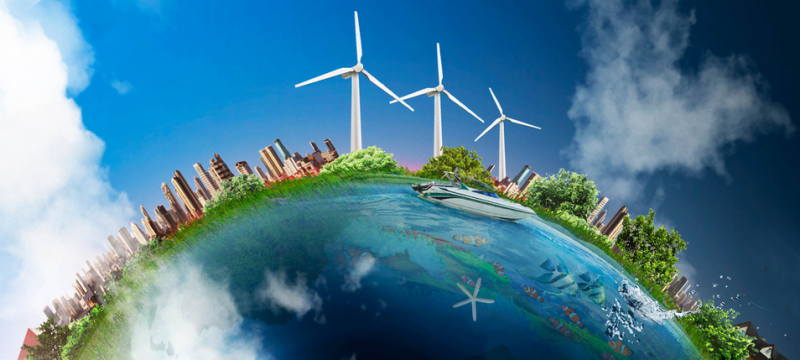South Australia’s Circular Economy Initiative
Published on by Robert Brears, Founder of Our Future Water, Young Water Leaders, Mitidaption & Author (Springer Nature, Wiley) in Government
In the circular economy, businesses and consumers are taking steps to transition towards a stronger, more circular economy where resources, including water, are used in a more sustainable way.

Creating a circular economy is about ‘closing the loop’ of product lifecycles through greater recycling and re-use, with significant benefits to both the economy and the environment.
In one recent report by the environmental services firm Veolia some 13 million tons of materials, worth GBP 4 billion per year, could be recycled, reused or manufactured from the manufacturing, pharmaceutical and chemical and food sectors in the UK alone.
South Australia’s circular economy initiative
South Australia’s Trade Waste Initiative is one example of many global initiatives governments are taking to implement the circular economy.
The initiative is a two-year program delivered by the Office of Green Industries SA. The aim of the initiative is to help businesses make improvements to the way trade waste is managed (focusing on quality and quantity), reduce operating costs and increase productivity by improving the way materials, energy and water are used.
The program’s Resource productivity assessments are tailored assessments to identify opportunities for improving the way trade waste, energy, materials and water are managed and recommend areas for improvement to enhance productivity and performance. The Office of Green Industries SA has developed a preferred supplier list for delivery of assessments that consists of consultants with a proven track record in providing:
- Baseline data on trade waste discharge, resource consumption and waste 1/2
- Identification of cost-effectiveness initiatives for improving the use of materials, energy and water that will lead to productivity and efficiency benefits and cost savings
- Estimated paybacks and return on investment for a range of implementation options
- Provision of other data and information including economic and environmental benefits
To be eligible for an assessment, businesses must provide evidence of generating and discharging waste at levels above or within 20% of the following volume and load-based thresholds, with at least one threshold having been met continuously since 1 January 2015 on a 12-month rolling average basis:
- 10 tons Biological Oxygen Demand or Suspended Solids per year
- 20 tons Total Dissolved Solids per year
- 10 million liters per year
Successful applicants can receive a grant up to 50%, to a maximum of $10,000, towards the cost of the resource assessment.
The take-out
Governments can lay out the groundwork for circular economy initiatives to take off.
*Robert C. Brears is the author of Urban Water Security (Wiley) and founder of Mitidaption, which consults on climate change risks to business, governance and society.
Facebook: UrbanH20
Twitter: @Mitidaption
Attached link
http://markandfocus.com/2017/01/18/south-australias-circular-economy-initiative/Media
Taxonomy
- Resource Management
- Natural Resource Management
- Energy Efficiency
- Resource Conservation
- Energy Efficiency
- E-Waste
- Water
- Waste Management
1 Comment
-
We have developed an INNOVATIVE method of desalination of saline water including the ocean. Our method does not require high pressure and replacement of materials as reverse osmosis. He is by all indicators is superior to the reverse osmosis technology. The output of desalinated water - 85%, energy consumption for desalination of 1m3 - 0.6 kW , non-stop operation, no rejection of brine. If YOU want to install expensive system to provide drinking water to the population - we are happy to help. We have also developed a unique system for wastewater treatment, also not having analogues in the world, consuming SEVEN times fewer electric power and sewage treatment takes place in just a few seconds. If You are interested - please - buoy happy to help. With due respect to YOUR NOBLE cause. Sergei Tyumentsev.